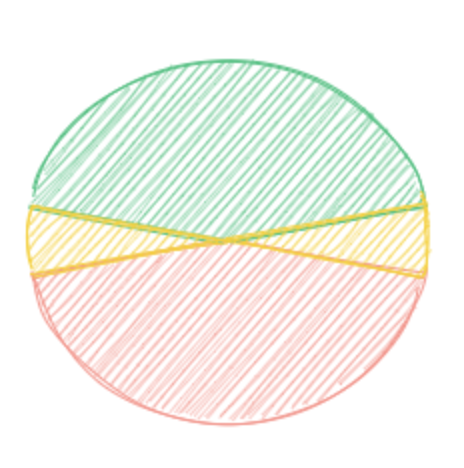Sideways passing in the Premier League (Part 1)
In the first part of my investigation into sideways passing in the Premier league I will focus on the teams. So, why does sideways passing matter? Well, it is usually a sign of a team lacking creativity and urgency. It is a great way of keeping possession, but it does not hurt the opposition. We often accuse players of taking the easy option when playing a sideways pass instead of taking a risk with a forward pass.
If you ever watched an Arsenal game, you know how important Özil is to keep the team ticking. Without him the Arsenal attack is just a myriad of sideways passes in front of the opposition goal. I know, I know, you are trying to break down the opposition, but after a while it just becomes frustrating to watch.
Plagued by my hatred of sideways passing, I decided to put a hypothesis to the test: Do better teams play fewer sideways passes?
To test this hypothesis I scraped passing data from various sites. I converted the passes to angles and classified them based on the following image:

Red area - backward passes, yellow area - sideways passes and green area - forward passes.
Below is the visualization of the passing data starting from the 2013/14 season. I visualized the relative percentages of the passes (e.g. sideways passes / total passes). You can also click on the items in the legend to only see a subset of the passes.
Looking at the 2017/18 season and sorting by sideways passes, we see that the so called "big six" are occupying the first six spots. But looking through the seasons that is not always the case. For example, Everton had the fewest sideways passes in the 2013/14 season. That season they finished just outside the top 4 and qualified for Europe. A great start to an otherwise underwhelming Martinez era.
Another thing is that Man City dropped more than 2% of the sideways passes between the 2015/16 and 2016/17 seasons (11% to 8.9%). That might not seem a lot, but that is 500 passes that were going forward instead of sideways. That Pep dude sure knows what he is doing.
The chart is pretty cool, but it doesn't help much with the hypothesis. To see if there is any correlation between sideways passing and teams performance we need a different chart. Below I plotted the teams final position in the league against their sideways passing percentage that season.
If you squint your eyes you can observe a slight upwards trend of the sideways passing percentages. To quantify this trend we can calculate the Pearson correlation coefficient. For this data it comes out to 0.59. That means that there is a moderately strong correlation between the final league position and the sideways passing percentage of a team.
Does that confirm my hypothesis? Well, kind of. The correlation coefficient is not high enough to make any definitive conclusions. But it does make sense that attacking teams (less sideways passing) end up higher on the table.
For Part 2 of this series I will look into players themselves and analyze their passing habits. If you have any questions, post them down below :)